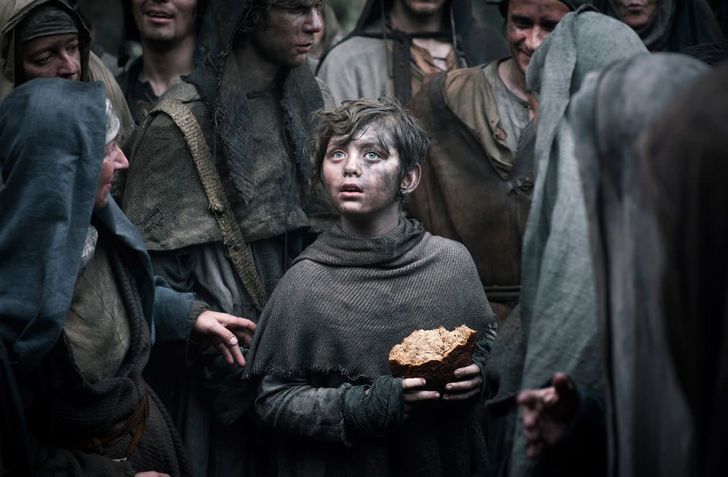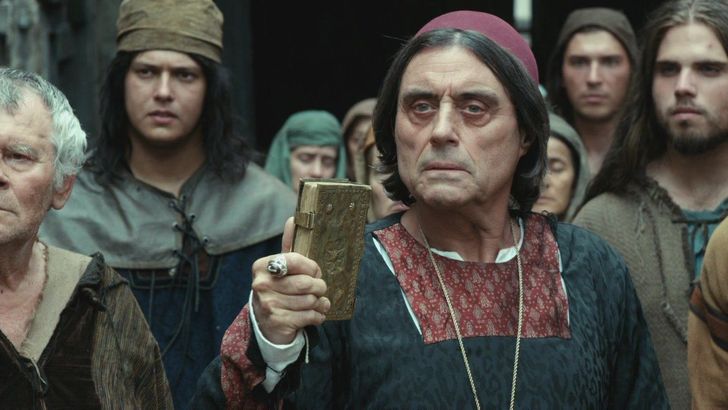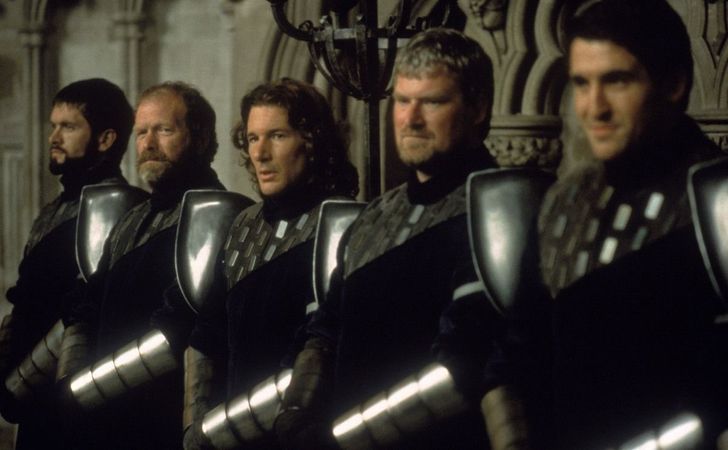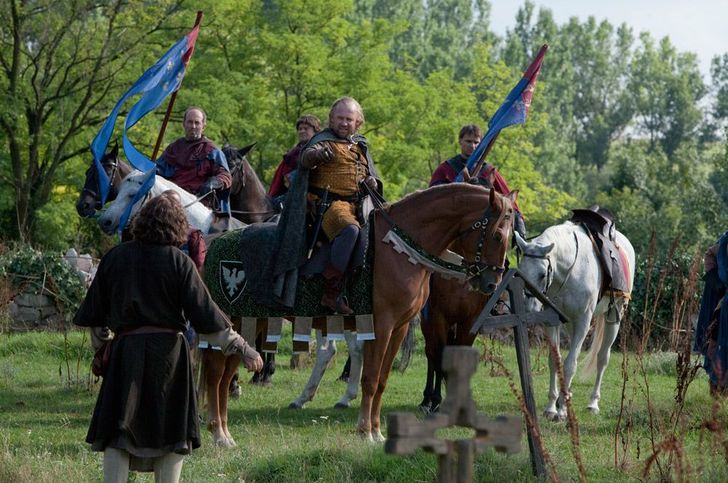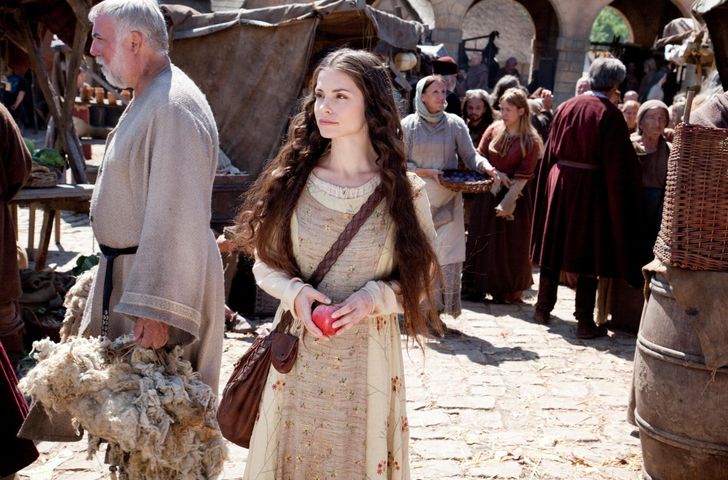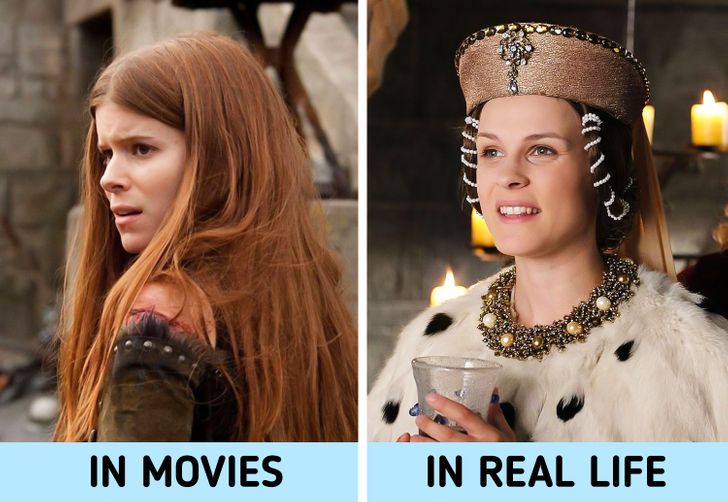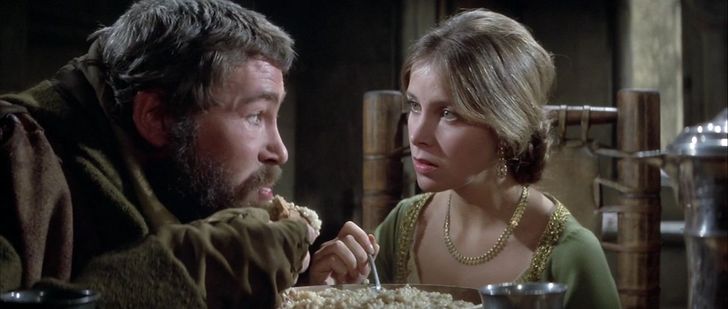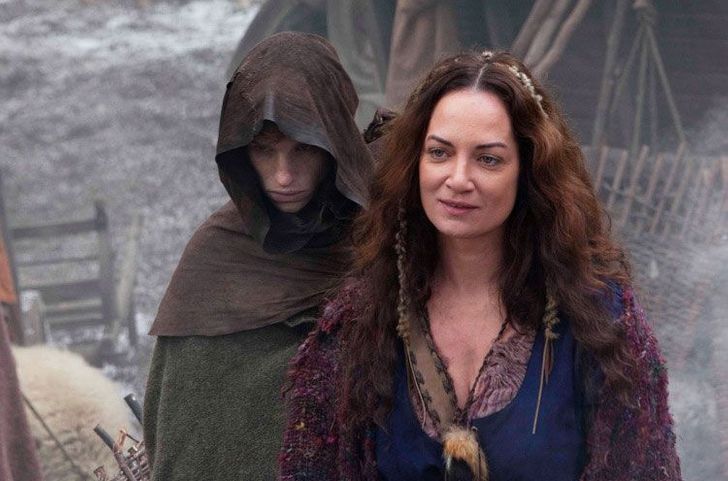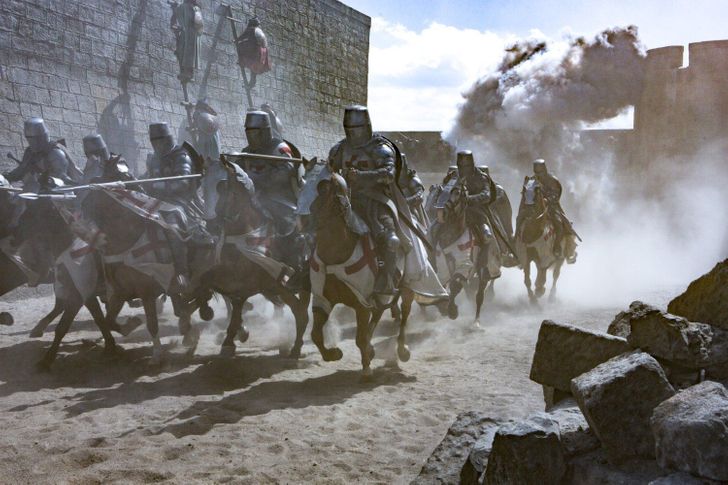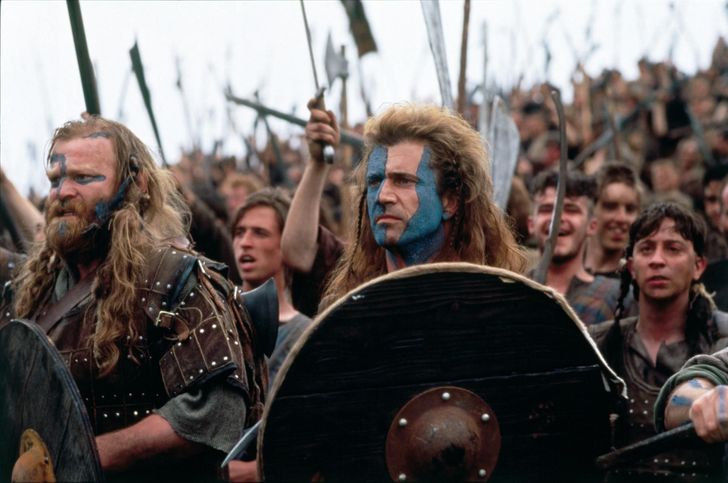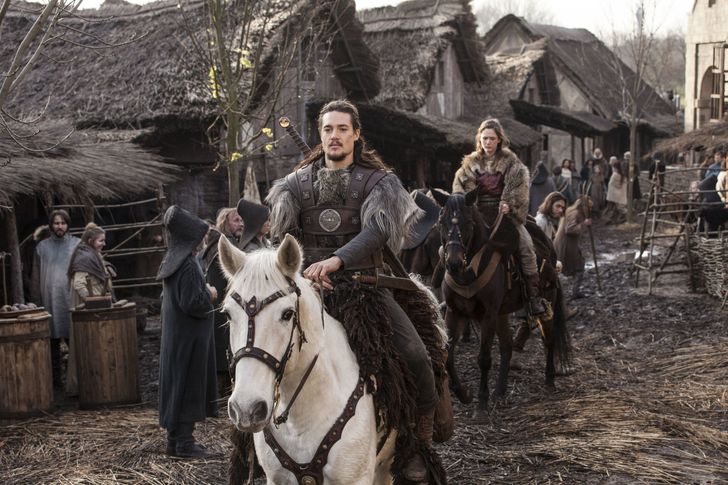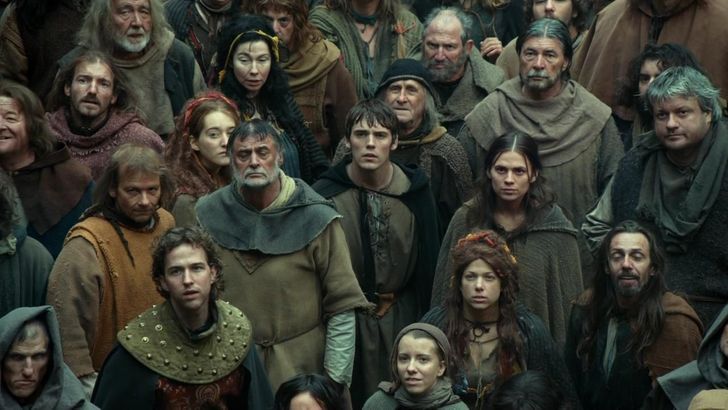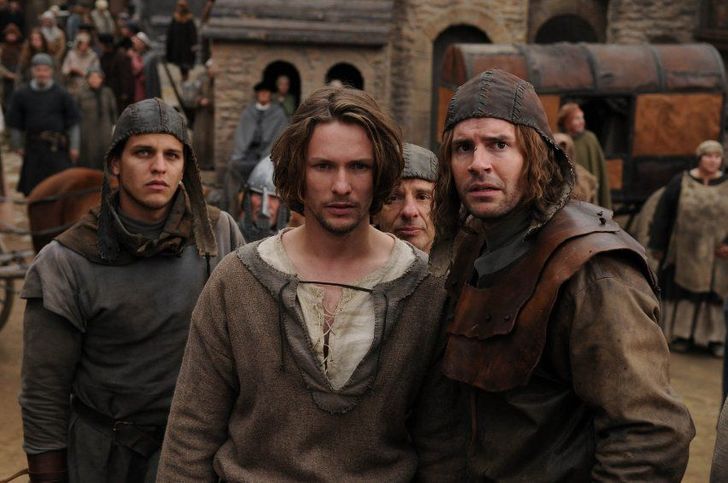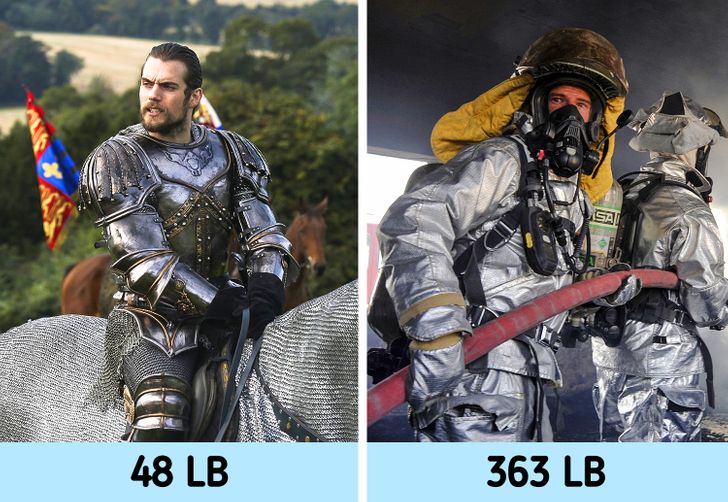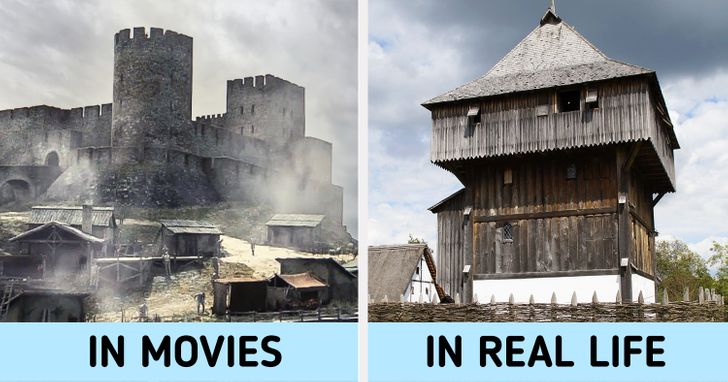That's a really cool article right here
15 Facts About the Middle Ages That Movies Get All Wrong
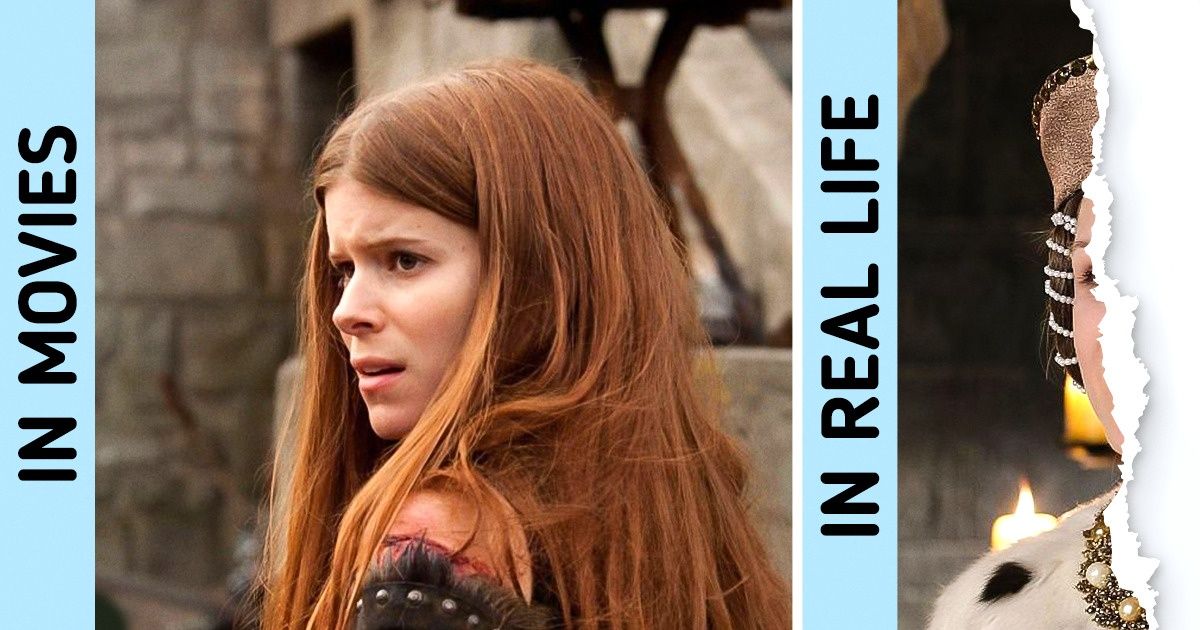
We think of the Middle Ages as a time when the entire world was in darkness, covered in mud, and full of never-ending wars — or we view the time as a period of romance with beautiful princesses living in big castles alongside brave knights and noble kings. We have these stereotypes in our minds thanks to movies and popular literature. They’re responsible for creating a lot of myths about the Middle Ages that often have nothing to do with what that time period actually looked like. Don’t forget that this historical period lasted from the fifth to the fifteenth century, and many things changed beyond recognition during this long stretch of time.
We at Bright Side have reviewed the biggest complaints historians have about popular movies set in this time period and are eager to tell you which myths about the Middle Ages we shouldn’t believe.
Dirty people
Thanks to movies, many people imagine those that lived in the Middle Ages as being very dirty. They didn’t bathe more than once a year, they looked terrible — and they smelled even worse. However, this isn’t true. There were public saunas that were really popular among the common folk. People went there to take baths and communicate. The city of Bath in Great Britain became famous in the Middle Ages thanks to its hot springs. But while wealthy people could afford actual baths, poor people washed themselves with wet cloths.
Bad body odor was unacceptable. It was associated with sin, so most people, no matter how wealthy they were, tried to smell as good as possible.
Illiterate people
In the Middle Ages, people weren’t as uninformed as we think. Churches were not places where dark superstitions were spread. Instead, they were actually places that contained knowledge. In fact, many European universities were established at that time.
Most people were aware that the Earth was round, and the Church didn’t say otherwise.
Noble knights
A knight is a symbol of bravery, honor, and justice. A true warrior protects the weak and punishes bad people. But not all of the medieval warriors were good.
Most knights were men that were bursting with energy. And when they weren’t fighting wars, they were terrorizing the public. In the eleventh century, lords started to use these warriors to keep the people under control, which ultimately led to destroyed villages. According to one version of the story, crusades were organized to get these young men away from the homelands.
Nothing but lords and peasants
The social stratification in the Middle Ages was far more complex than we think. There weren’t only lords and peasants. Those that we refer to as peasants could’ve been people working on the lands that belonged to a lord or free people that owned their own lands or had a business. In small towns, several rich families could basically control the entire place.
Servants in castles could also be nobles. There was a custom of lords sending their sons to a family of relatives to serve there. They could also become pages. They didn’t get any money for this work but their position was higher than that of ordinary people. Most of the servants were male.
Medieval housewives
The lives of women in the Middle Ages were not as grim and dark as it seems. Many women didn’t have to spend the entire day at home. They could work, help their husband, or work at any guild. Sometimes, women needed their husband’s permission to work somewhere.
The women that acquired good skills could teach beginners, even men, so many people did their house chores only when they weren’t working. And cooking wasn’t always necessary: there were plenty of vendors that sold cooked food in major urban areas.
Widowed women could also inherit businesses from their late husbands.
Beautiful princesses
Beautiful women would let their hair down in the Middle Ages but this was done primarily by frivolous women. A well-mannered woman that was no longer a child was supposed to cover her hair. This was also true for noblewomen and common folk.
Good manners were very appreciated back then. In fact, violating proper etiquette could ruin the life of not only the lady herself but also her entire family. Talking to strangers was unacceptable. Kissing a man, even on the cheek, that wasn’t her husband or a blood relative was a terrible violation. And the tradition of kissing women’s hands appeared only in the eighteenth century.
Terrible manners
The feasts of aristocrats and ordinary people didn’t look like horror movie scenes where everyone just grabbed the food with their hands, eating as much as they could, snorting, and throwing pieces under the table. There was an etiquette that regulated the way people ate. Most people ate with knives and spoons. They also used tablecloths.
People used their personal knives that they’d bring with them as guests. They never ate off the knives but would pick a piece of food off of it with their fingers and put it into their mouths. People weren’t allowed to put their elbows on the table or put too much food in their mouths. They couldn’t touch the salt with their fingers. The bread was cut, not just torn into pieces. Napkins were also used.
It’s also worth noting that potatoes and turkey, which have become popular in films, actually appeared only in the sixteenth century.
Evil wizards and witches
Witches weren’t hunted as fiercely as we assume. The church wasn’t interested in them until the time between the thirteenth and fifteenth century and didn’t terrorize them everywhere. In fact, people approached witches for help.
Cavalries
It looks spectacular when a group of heavily-armored knights on their horses smash into an army of enemies. Despite this, warriors often got off their horses in battles because it was more effective. Horses were great during the initial portion of a siege and to pull canons, wagons, and supplies, but they weren’t so effective against a well-trained infantry.
Battles
Military commanders cared about the motivation of their warriors but the epic speeches were said in the camp before going into battle. It wasn’t very smart to walk around screaming on the battlefield because it would make you a good target for the archers. Besides, most of your warriors wouldn’t hear a word you said anyway.
To make the battle scenes easier to watch, warriors look very different in films. Some can be seen wearing shiny armor and others don old rags and camouflage gear. But it wasn’t as obvious in real life. For example, Braveheart showed the Scottish warriors with blue lines on their faces. But in reality, this custom wouldn’t be popular for another 1,000 years after the time the events took place.
Dirty streets, chickens, and pigs
Movies show the cities of the Middle Ages in very grim colors with scenes full of dirt and pigs and chickens running around. But it wasn’t as bad in reality. There were strict laws that made people take care of the area around their houses. They had to clean the streets and people were fined for littering.
People weren’t allowed to let their animals roam free in the streets. They were fined for that.
Boring clothes
We’re used to seeing people from the Middle Ages in boring, brown clothes. But beautiful clothes were popular, even back then. Most people wore woolen, bright clothes, no matter their social class. But colorful fabric was expensive, and poorer individuals would have clothing with fewer details (or gray, brown, and other dark colors) while the wealthy wore clothes with metal, fur, embroidery, and jewels.
No people from other countries
Seeing people of different races wasn’t something too unusual for the Middle Ages. On the streets of European cities, you could see people from Africa and the Middle East. This is more true for the late Middle Ages when trade routes were built and merchants from other countries started to come to Europe.
Knights’ armor
Armor wasn’t something that only knights wore. Yes, noble warriors had heavy, high-quality armor, but ordinary soldiers rarely wore just leather clothes to protect themselves. Everyone tried to have at least some armor, most importantly, a helmet. Not all pieces of armor were expensive, so almost everyone could buy something.
Also, this armor wasn’t as heavy as we imagine. Standard helmets and body armor weighed around 48 lb — that’s less than what modern firefighter gear weighs (which can be as heavy as 363 lb). That being said, knights didn’t need a lot of help climbing up onto their horses.
Impenetrable fortresses
In the middle of a green meadow, there may be a stone fortress surrounded by a deep trench filled with water. This is how many movies portray a standard castle. However, very few fortresses were made of stone. A castle is first and foremost a home, so most buildings were small and made of wood and mud. If a building was surrounded by a deep trench, it didn’t always have water in it. The walls looked higher and the building was harder to attack.
Which of these myths did you think were true?
Comments
Related Reads
I’ll Babysit My Grandkids for Free, but They Have to Follow My Rules, Whether My DIL Likes It or Not
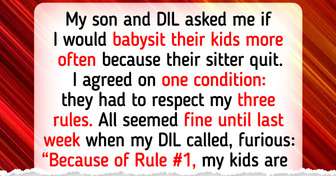
I Refused to Bake My Sister’s Wedding Cake for Free
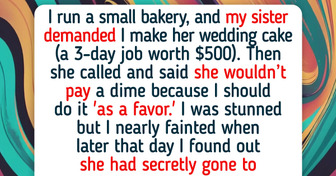
I Discovered My Firm Was Secretly Hiring for My Position—HR’s Response Shocked Me
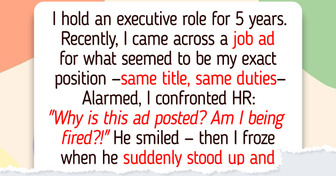
I Refuse to Let My Daughter-in-Law Ban Me From Seeing My Grandkids

I Pretended to Hate My Stepmom’s Gift So My Real Mom Wouldn’t Feel Useless

18 Guests Who Forgot They Weren’t the Main Character at Someone Else’s Wedding
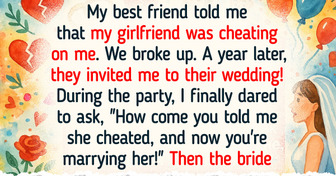
My Stepmother Tried to Claim My Dad’s Legacy After He Passed — She Didn’t Expect My Next Move

I Refused to Follow My Mom’s “Different Beds” Rule—And the Real Reason Was Heartbreaking
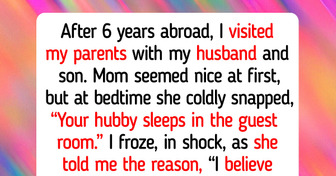
My Son Banned Me From Seeing My Grandkids, So I Finally Taught Him the Lesson He Needed

I Chose My Daughter Over My Stepson — I’m a Father First, Stepfather Second
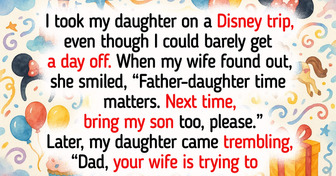
My Landlord Refused to Fix My Home—So I Gave Him a Taste of His Own Medicine

Mom Decided to Exclude Me From the Inheritance—So I Exposed My Brother’s Secret

